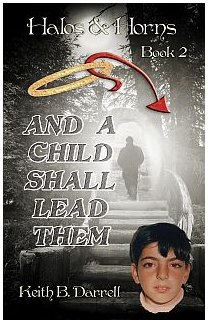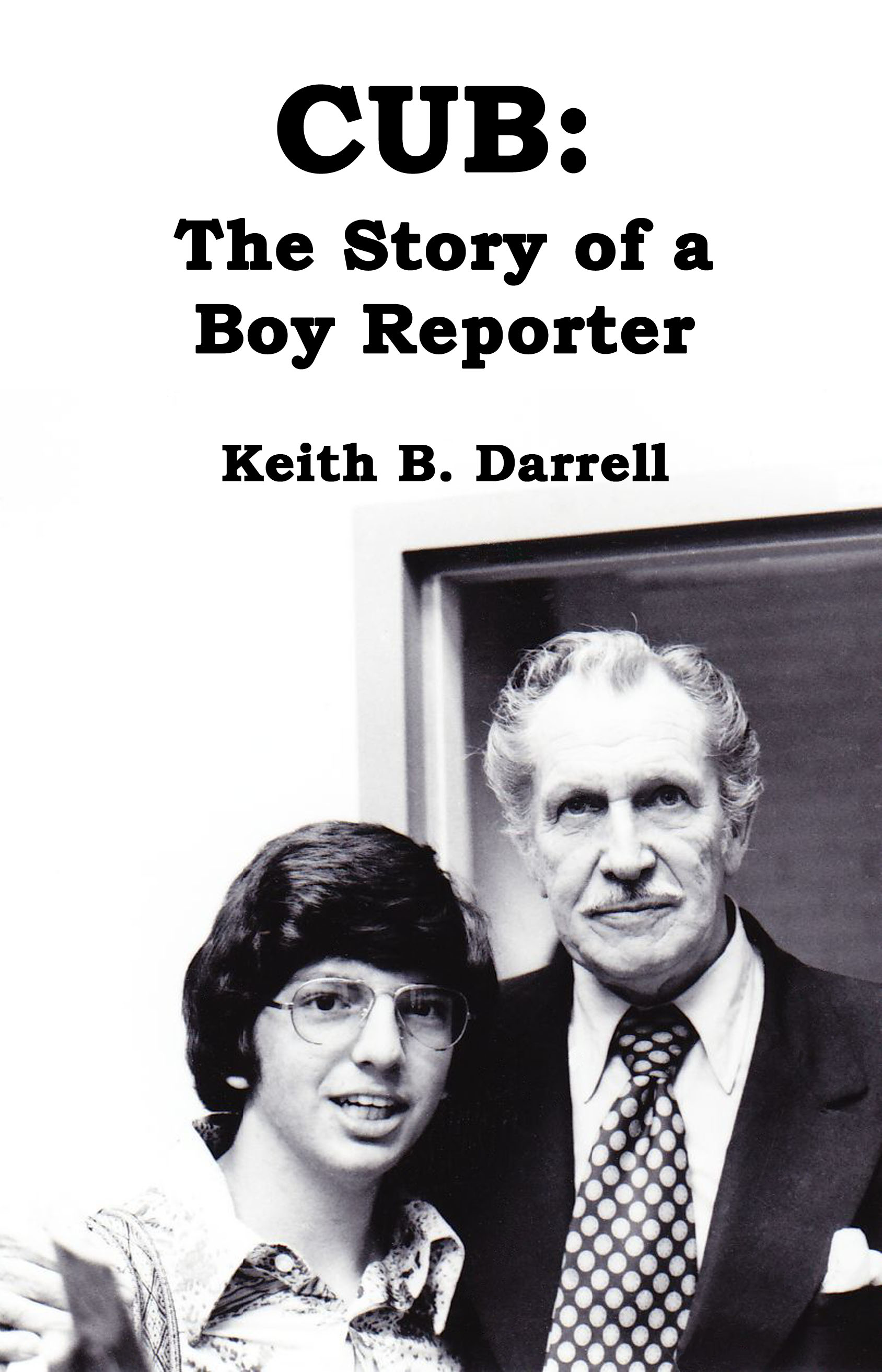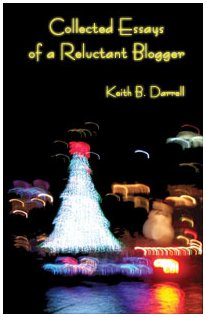Last year, I witnessed something amazing. A group of Syrian
refugee children was being bussed to an American town. Their bus was surrounded
by angry, hateful protesters who did not want refugees in their community.
Television cameras captured the terror in the children’s faces as they peered
out the bus windows at the angry mob screaming at them in a language they
couldn’t understand and for reasons neither they nor I could comprehend. And
then, an even angrier man approached the crowd.
The lone man was armed only with righteous indignation. He
was an American Indian and he yelled back at the crowd countering their
anti-immigrant rants with one of his own. He shouted to the angry men and women
how enraged he was that people from another country had come into his people’s
land, killed the buffalo they depended on for food, murdered his people and
forced the survivors from their homes onto reservations. The Indian was angry
that gas stations and shopping malls now covered the sacred land where his
ancestors were buried. He walked up and down the line of protesters, reflecting
their own words and anger back at them. And that’s when the amazing thing
happened.
Surprisingly, the angry mob when confronted by an infuriated
opponent, did not turn violent. Instead, they grew silent, unable to find the
words to reply. They lowered their heads as the Indian passed them, unable to
look him in the eye. What had once been an angry mob dissipated. One by one,
the humbled protesters broke off from the pack and slinked away. Without firing
a shot or making a threat, this one man dispersed an angry mob by shaming them.
The U.S. government made more than 500 treaties with the
Indian tribes that lived on American soil long before the first white man set
foot on it. The federal government then proceeded to break every single treaty
it had signed. The U.S. Congress passed the Indian Removal Act in 1830, which
was signed into law by populist President Andrew Jackson, who had gained fame
as an Indian killer during the Creek War (1814). Jackson called Indians
“savages” and those of mixed heritage “half-breeds.” Much of his prejudice
against Indians stemmed from boyhood tales of Indian violence toward settlers
in the 1770s. Under Jackson and his successor President Martin Van Buren,
between 45,000 and 100,000 American Indians were forcibly relocated along the
“Trail of Tears” from the Southeastern United States to an area west of the
Mississippi River. Fifteen thousand died from cold and hunger along the way.
The U.S. government received 100 million acres of Indian land for about $68
million.
American Indians are used to mistreatment by the government.
It never seems to end. The great irony is today, as Americans gather with their
families to celebrate Thanksgiving -- the holiday commemorating the Indians
welcoming the white settlers to their land -- the government is once
again attacking American Indians. This time, a militarized police force is
firing projectiles and rubber bullets at Indians and their supporters at
Standing Rock Indian Reservation in North Dakota protesting the planned Dakota
Access Pipeline. The pipeline would cut through sacred burial grounds and also
threaten to contaminate the Indians’ drinking water. Reminiscent of police
unleashing water hoses on blacks and civil rights protesters in 1960s Alabama,
police in North Dakota are firing water cannons on Indian and non-Indian
protesters, dousing them in subfreezing winter temperatures. More than a dozen
have been hospitalized, many with hypothermia. Twenty-one-year-old protester
Sophia Wilansky was struck and wounded by a concussion grenade and may lose her
arm as a result.
More protesters are needed – both on the scene and online
through social media -- not to respond to violence with violence but to use the
most effective weapon there is; the weapon shown to us by that lone American
Indian last year: Shame. It is a powerful force and its effect cannot be
overstated.
Dee Brown, in 1970, wrote Bury My Heart at Wounded Knee,
an historical account of the forced displacement of, and war waged against,
American Indians by the government. The bestseller was named for the 1890
massacre of the Lakota Indians at Wounded Knee Creek in South Dakota. Perhaps
someone will write a sequel, Bury My Conscience at Standing Rock. In the
meantime, we can turn on our televisions and watch Indians fired upon with
rubber bullets and sprayed with water in freezing temperatures as they protest
their burial grounds being dug up and their drinking water threatened with
contamination, while the rest of us eat our turkey to celebrate the day we
first took the land from the Indians. Pass the gravy, please.















































No comments:
Post a Comment